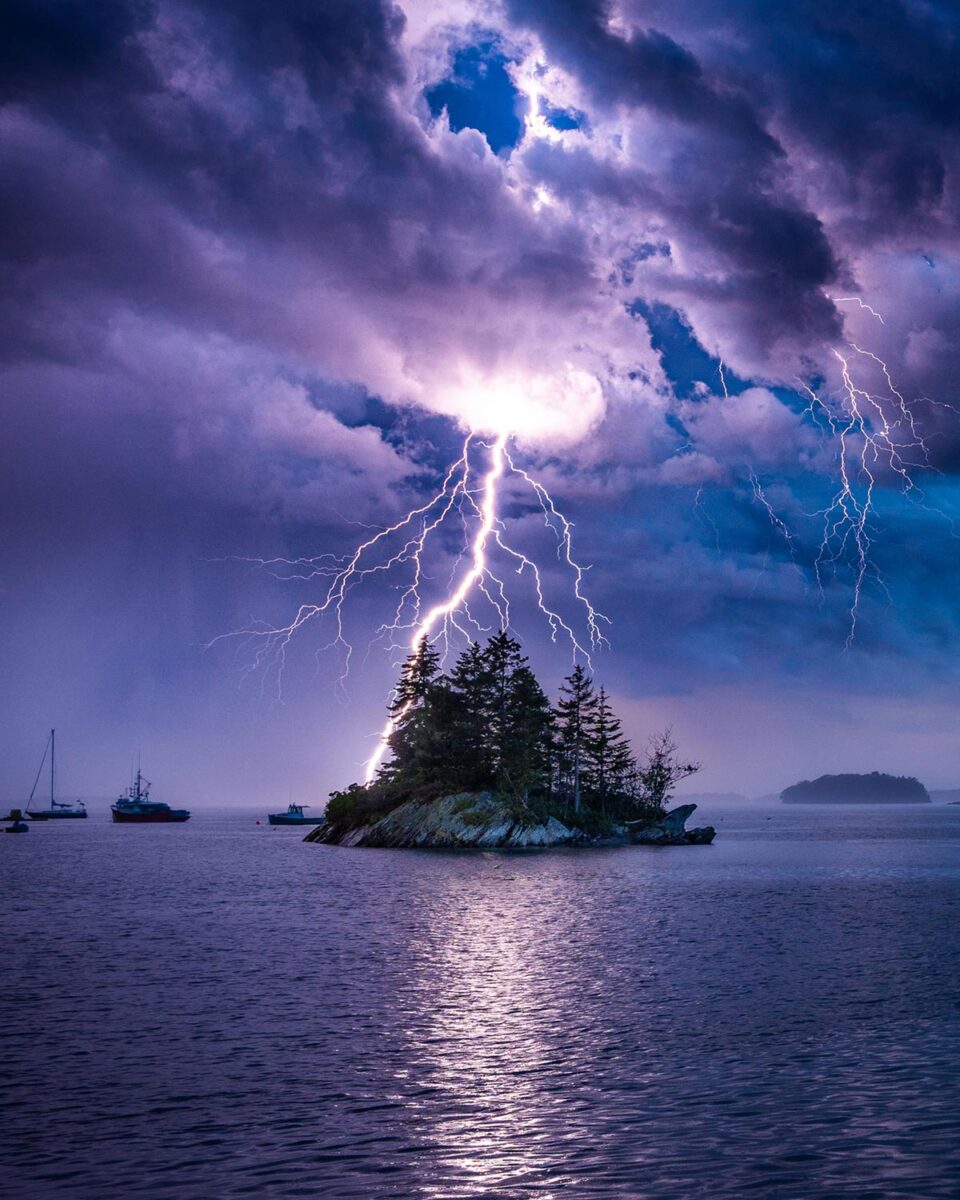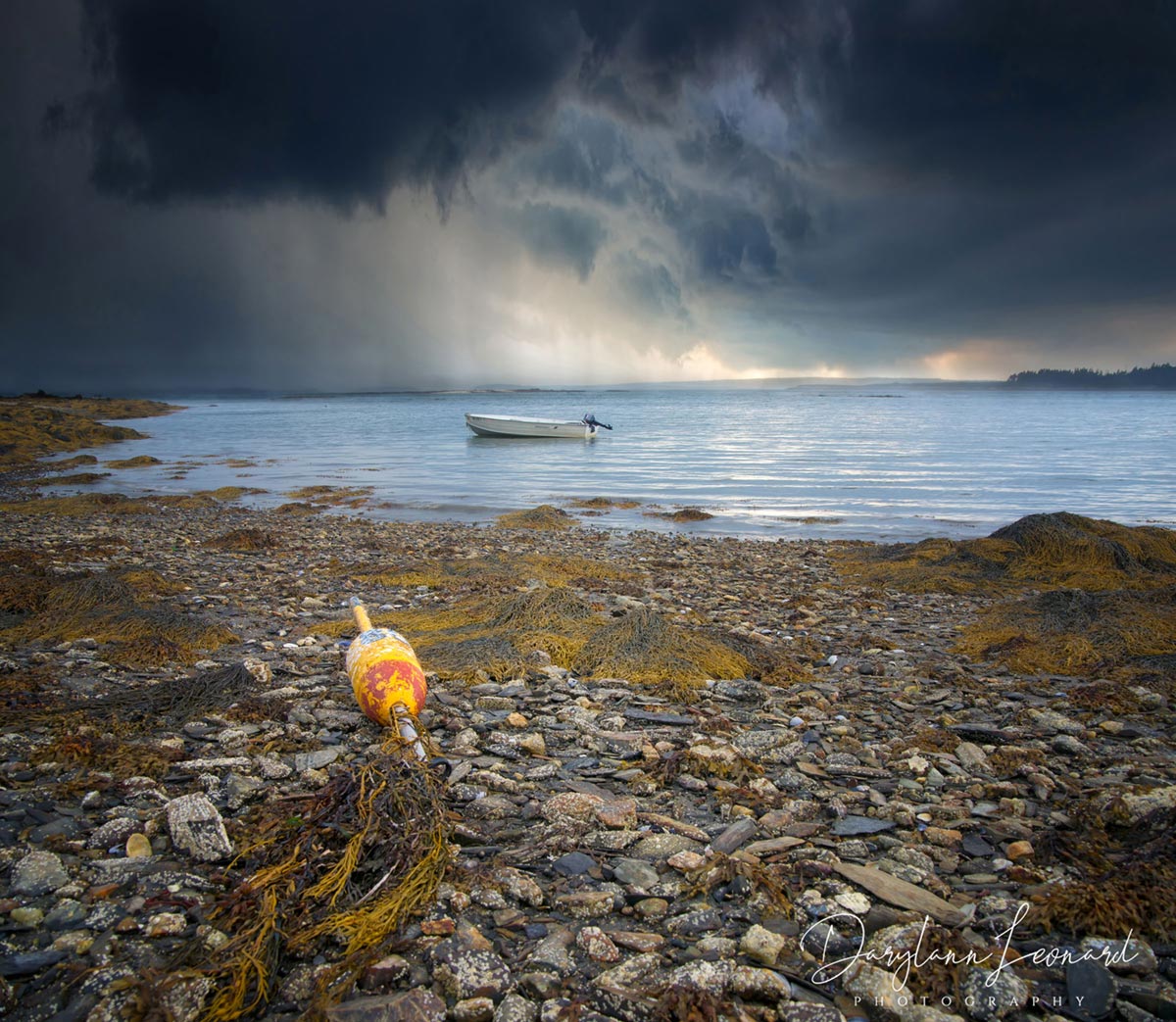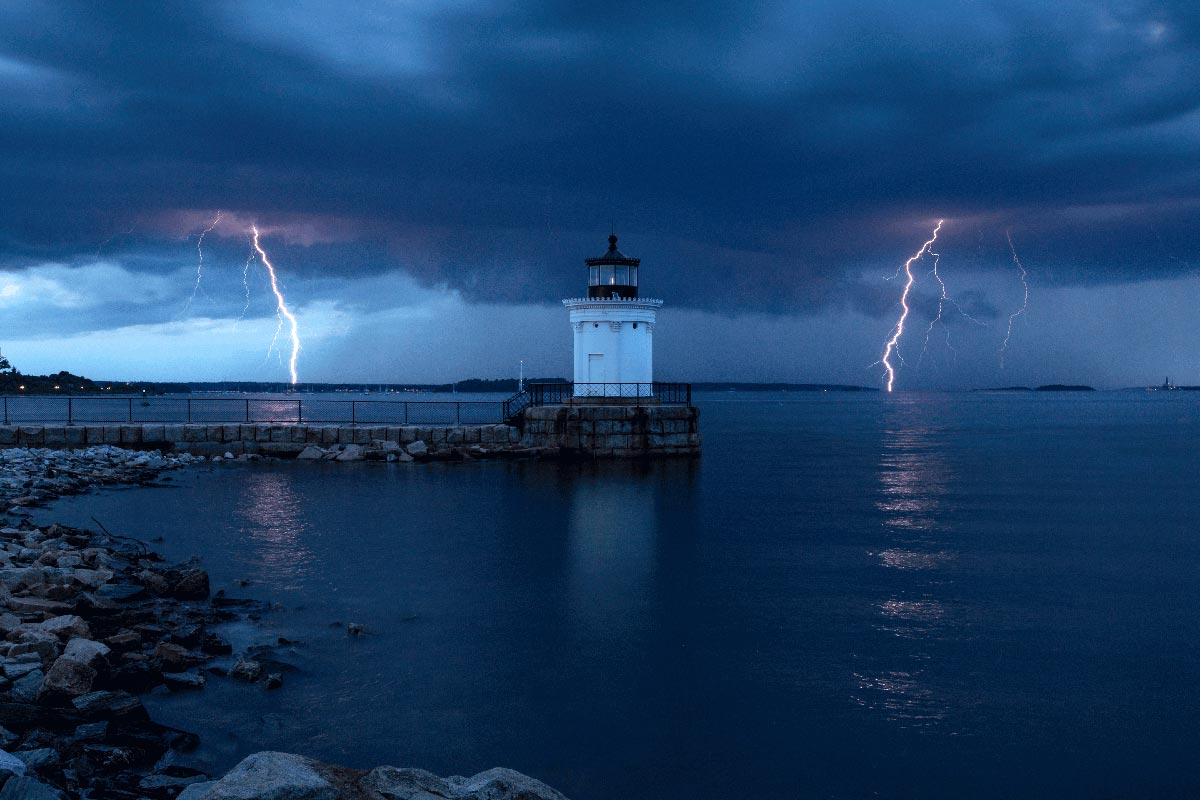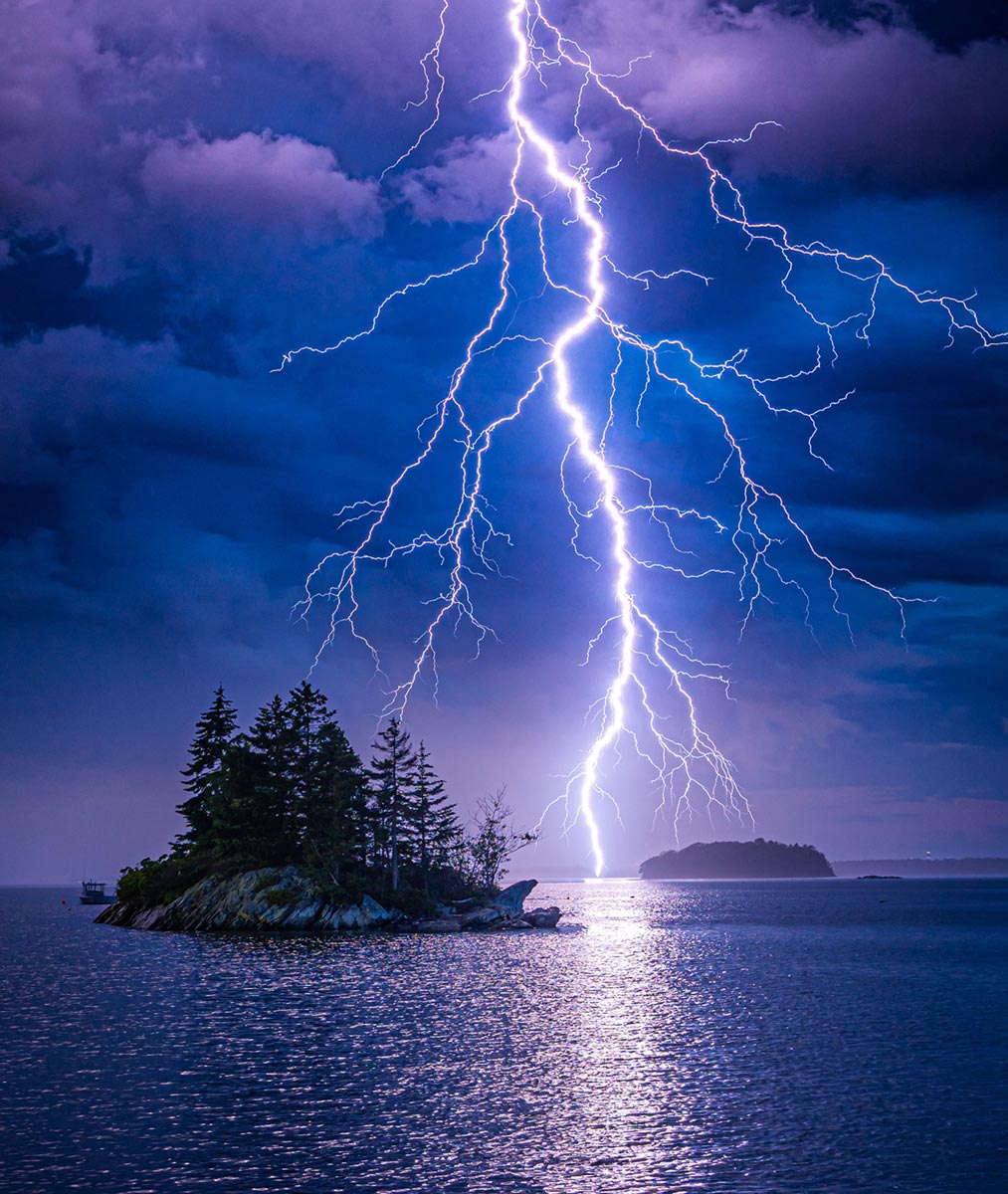Our Take
With stronger winds, increased temperatures, and a rise in droughts and floods, climate change is affecting our weather patterns. From coastline to mountaintops, lowlands to highlands, all of us are experiencing this threat from climate change.
Educate Yourself

Quick Facts
80%
80% of the drought-induced economic damage and loss suffered by developing nations from 2005-2015 was related to livestock, crops and fisheries.[4]
400%
The percent increase in western US wildfire frequency since 1970[5]
2.25
$2.25 billions is U.S. Forest Service’s budget to deal with wildfires, which will grow to $2.95 billion by 2027.[6]
41
41 million is the number of US residents at risk from flooding along rivers and streams.[7]
10
10 trillion untreated gallons of stormwater that washes off paved surfaces and rooftops, through sewer systems, and into waterways creating pollution and replenishment problems.[8]
What is happening?
So how can both floods and droughts be caused by temperature increases? Because the earth has already warmed 1.1 oC, it is causing disruptions to the water cycle. Higher temperatures cause increased evaporation and rapid melting of sea ice and land ice. These increased temperatures are warming the Arctic more than the rest of the world resulting in a rapid loss of permafrost and ice cover in Greenland and the Arctic.
This increase in evaporation does two things: it dries out soils while lowering water levels in rivers and lakes. This causes droughts, but also more water vapor to accumulate in the air. So while some areas of the world experience droughts and arid conditions that put them at risk for wildfires, other parts of the world experience greater amounts of rainfall which washes away soils and saturates the ground causing flooding.
What are the effects?
In areas where droughts are occurring, the trees, grasses, and shrubs dry out becoming fuel for wildfires to spread further and faster. Combined with the stronger winds our changing climate is producing, it can push fires at speeds up to 14 miles per hour, which easily outpaces our ability to contain the fire and keep up. [1] Extended drought conditions from climate change also mean a longer burn season and less chance of heavy rainfall to help extinguish the fires. Predictions say that for every degree of warming, the area of land burned by fire will double.[2] These fires, although spreading wider and faster, are mostly preventable through proper human practice. Did you know that over 80% of wildfires are caused by people?[3]
In areas where we’re seeing increased flooding, the changes in weather patterns are actually stalling out storms so they move slower, allowing them to dump more rain or snow in one place for a longer period of time. Our storm drains and waterfronts can’t keep up with the amount of water falling and cause flooding. And flooding affects everything from safe travel to water quality and erosion.
These extremes disrupt the habitats for all living things. Whether affecting their food supply or the nutrients available for regrowth and survival, extreme weather has a dire effect on all living things. While droughts and floods have an extreme effect on land and how all living things can survive, these events can also have an effect on the economies of our communities as well.
Warmer temperatures will shutter ski resorts, dried-up rivers equal dried-up businesses beside them, and the agricultural impacts to our food supply affects not only our dinner tables, but our grocery stores and local shops, too.



